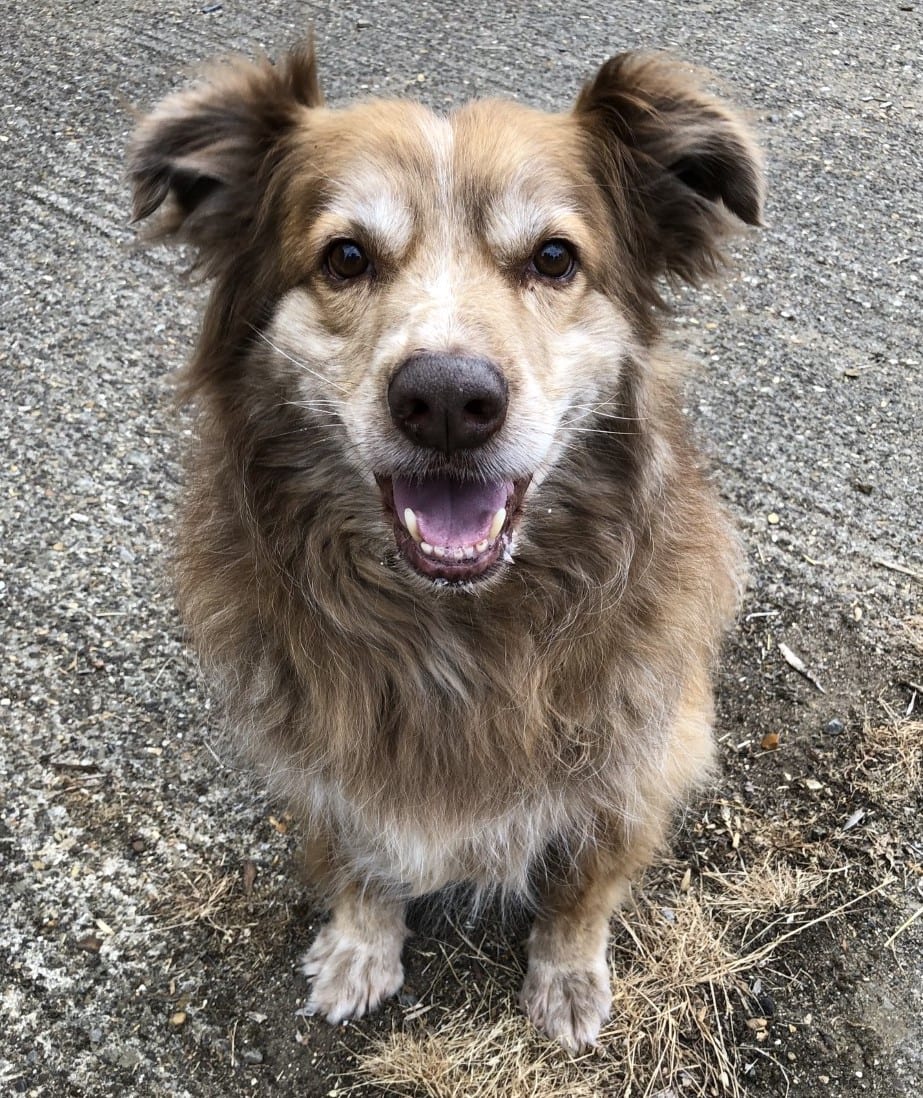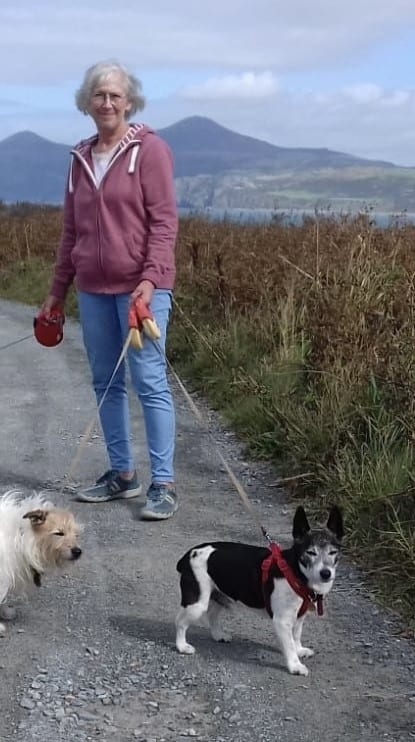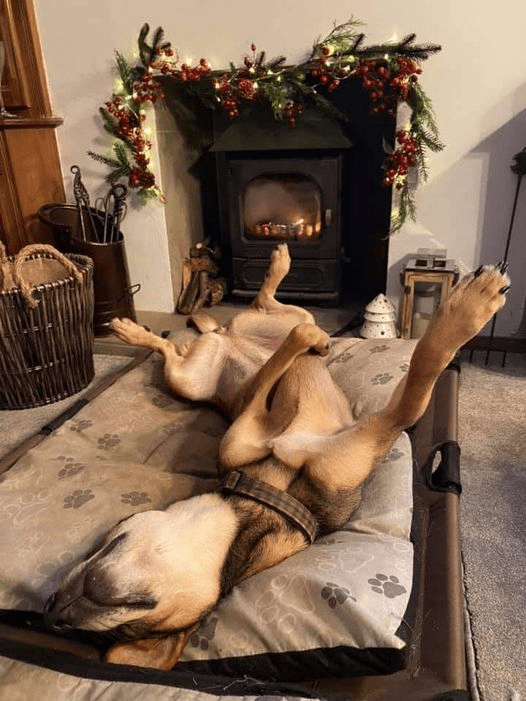When the weather gets colder, those of us “of a certain generation” may all experience a little stiffness in our joints. Low temperatures and colder weather can really affect your joints, especially if there is any arthritis present. According to the medical profession, when the weather turns colder, our joints may actually thicken, and the fluid that surrounds them can also thicken, making movement more stiff and painful.
The same goes for our pet animals too. Older dogs or cats, and many other pet animals can all develop similar mobility issues, preferring to stay inside in the warm, and take shorter walks. Their activity levels decrease, and they spend a lot of time snoozing. When they do get up from a long sleep, that is the time you might notice they take a little longer to get up or stumble or generally are reluctant to be as agile as they were during the warmer months of the year.
In dogs, it’s the weight bearing joints such as the shoulders, hips, ankles knees and spine that are most likely to be affected. It’s important to identify the cause of any minor lameness or difficulty in standing up, and your first port of call should be to speak with your vet to get an accurate diagnosis and to begin to treat any mobility problems.
There are lots of things you can do to help slow the issues such as making sure your dog is in an ideal weight range. If they are overweight, it can be a contributing factor in joint and mobility pain. It’s really important not to overcompensate for your dogs decreased activity by giving them all those extra treats. Joint stiffness and pain will only increase with any additional body weight. If in doubt about your dog’s ideal weight, then have a look at this chart bellaandduke.com or check with your vet.
With decreased mobility, food intake should be reduced too, so smaller meals topped up with lots of vegetables will still look a lot in their bowl, but will be fewer calories.
Keeping your dog warm with a snuggly dog coat when they do go out will help, and indoors around the house, a knitted doggy jumper or a cosy blanket in their bed will be ideal.
It goes without saying that a comfortable dog bed is a must. There are many different types of dog beds out there, but for an older dog, in my opinion, you can’t beat a dog bed with a memory foam mattress. An example is here on amazon.co.uk
When you do go for a walk, keep it low impact, go slowly and if possible on level ground. Lots of little walks will be much better than one long one. Snow and ice will be slippery, so try to keep to paths that have been cleared. If the weather is too bad outside, then encourage your dog to walk around inside the house.
Dog ramps and dog stairs can help both inside and outside the house. We also have lots of carpet runners across our kitchen laminate floor to make it less slippery for our oldies.
Check your dog’s paws regularly and be sure to keep their nails clipped. Older dogs claws can grow faster as they are not walking around on them so much, and overgrown nails can, in turn, cause pain when your dog walks. Some of my older dogs have also grown longer hair on their paws, and especially between their claws, this when wet, can cause them to slip or slide, and in the winter if they get this area wet it can cause ice to form which in turn will cause difficulty walking.
There are many mobility aids for dogs, ramps to get them in and out of the car, harnesses and slings to help them walk. There are even toe grips or non slip boots for dogs.
Over the years I have had many dogs achieve old age, and each one has had different needs for their stiff old joints. There are many herbal and natural remedies out there, ones that contain glucosamine and chondroitin and green lipped mussel are generally considered to be the most effective. I have used supplements such as Yumove There are so many different types out there it can get quite confusing. Do your research and read up on what’s available. I have also had vet prescribed meds for my dogs to help ease their stiffness. There are tablets or liquid suspensions available on prescription. Your vet may use a non steroidal anti inflammatory drug (NSAID’s) and many can be trial and error as not all dogs react the same. Be sure to ask about the side effects as these NSAID’s can cause kidney and liver damage if not administered properly. Your vet may try different sorts before they find one that suits your dog.
In the past, I have used hydrotherapy sessions for some of my oldies. Hydro sessions can help build up any muscle loss and can be really beneficial for older arthritic dogs, but your vet will need to refer your dog to receive any of these treatments.
At the end of the day there are ways to tell if your dog is comfortable and happy …….and if they are like this some days, and it’s cold and windy outside, then the phrase “let sleeping dogs lie” could always be applied.





